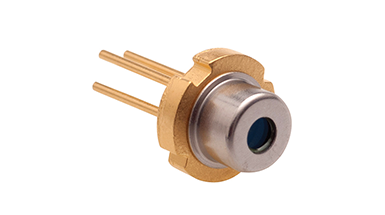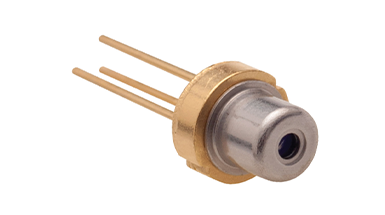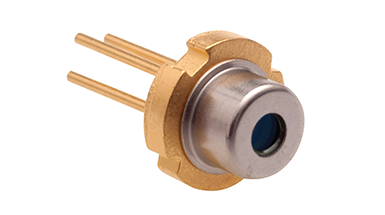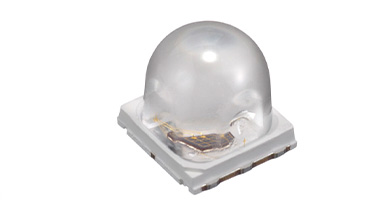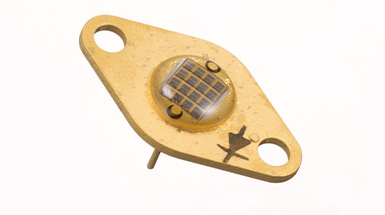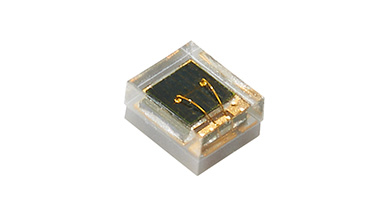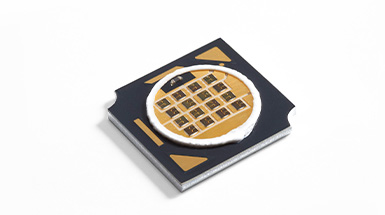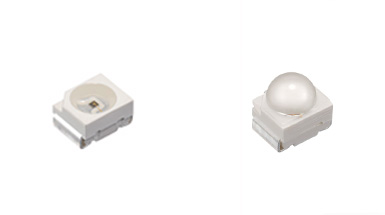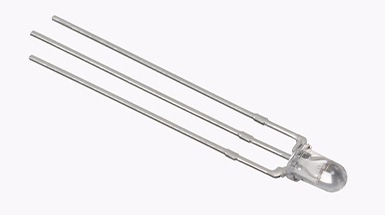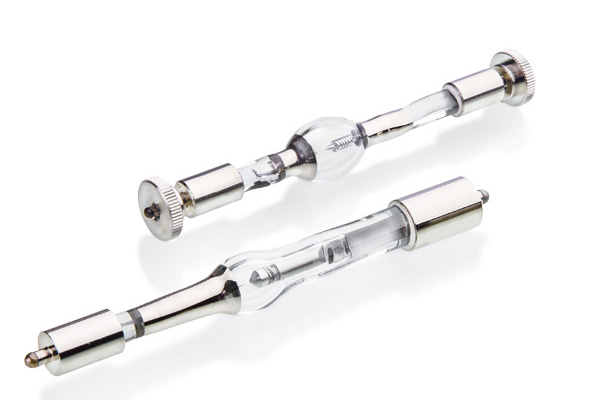Analysing
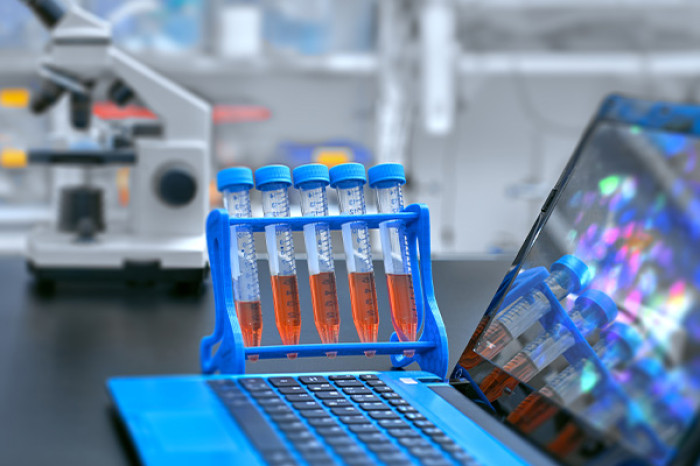
In the context of chemical and pharmaceutical analysis, analysing refers to the process of examining and evaluating the composition, structure, and properties of substances to identify their components and determine their quality or effectiveness. This can involve various techniques such as chromatography, spectroscopy, titration, and microscopy to detect and quantify chemical compounds, assess purity, or test for the presence of specific ingredients or contaminants. In pharmaceuticals, analysing also includes testing the stability, safety, and efficacy of drugs, ensuring they meet regulatory standards before reaching consumers.
Analysing with laser diodes and LEDs spans diverse applications across various scientific and industrial fields, each leveraging the unique properties of these light sources for precise measurements and insights.
Fluorescent applications
In fluorescence applications, laser diodes are instrumental for exciting fluorophores with specific wavelengths, inducing emission for biological imaging and diagnostics. LEDs find use in broad-spectrum fluorescence for cost-effective assays and screening.
Gas analysis
Gas analysis relies on laser diodes for tunable, narrow-band emissions suited for detecting trace gases via absorption spectroscopy. LEDs complement this by providing specific wavelengths for simpler gas identification in portable devices.
Liquid analysis
For liquid analysis, laser diodes enable precise measurements in spectroscopic techniques like absorption and Raman spectroscopy, crucial for identifying and quantifying substances in solutions. LEDs are used for simpler optical sensors detecting specific analytes in environmental monitoring
Microscopy
In microscopyn , laser diodes offer intense, coherent illumination essential for confocal microscopy and multiphoton imaging, enabling high-resolution visualization of cellular structures and dynamics. LEDs provide uniform illumination across a range of wavelengths, ideal for routine microscopy and fluorescence observation.
Spectroscopy
Spectroscopy benefits extensively from laser diodes' monochromaticity and tunability, allowing detailed analysis of molecular composition in materials and gases. LEDs contribute with broad-spectrum emissions suited for quick qualitative analysis in field applications.
Tissue analysis
In tissue analysis, laser diodes provide precise surgical tools for cutting and cauterizing tissues, as well as non-invasive diagnostic techniques like optical coherence tomography (OCT). LEDs are utilized for therapeutic applications such as photodynamic therapy (PDT), exploiting specific wavelengths to target diseased tissues.
Forensic analytics
Forensic analytics also benefit significantly from these light sources. Laser diodes, used in forensic light sources, detect trace evidence such as biological samples, fibers, and latent fingerprints, revealing details invisible to the naked eye. LEDs, with their versatile wavelength range, can be customized to highlight specific types of evidence, enhancing crime scene analysis and evidence collection with greater precision and efficiency.
Overall, the versatility and precision of laser diodes and LEDs continue to drive advancements in analytical techniques across multiple disciplines, from fundamental research to practical applications in healthcare, environmental monitoring, and material science.
contact us